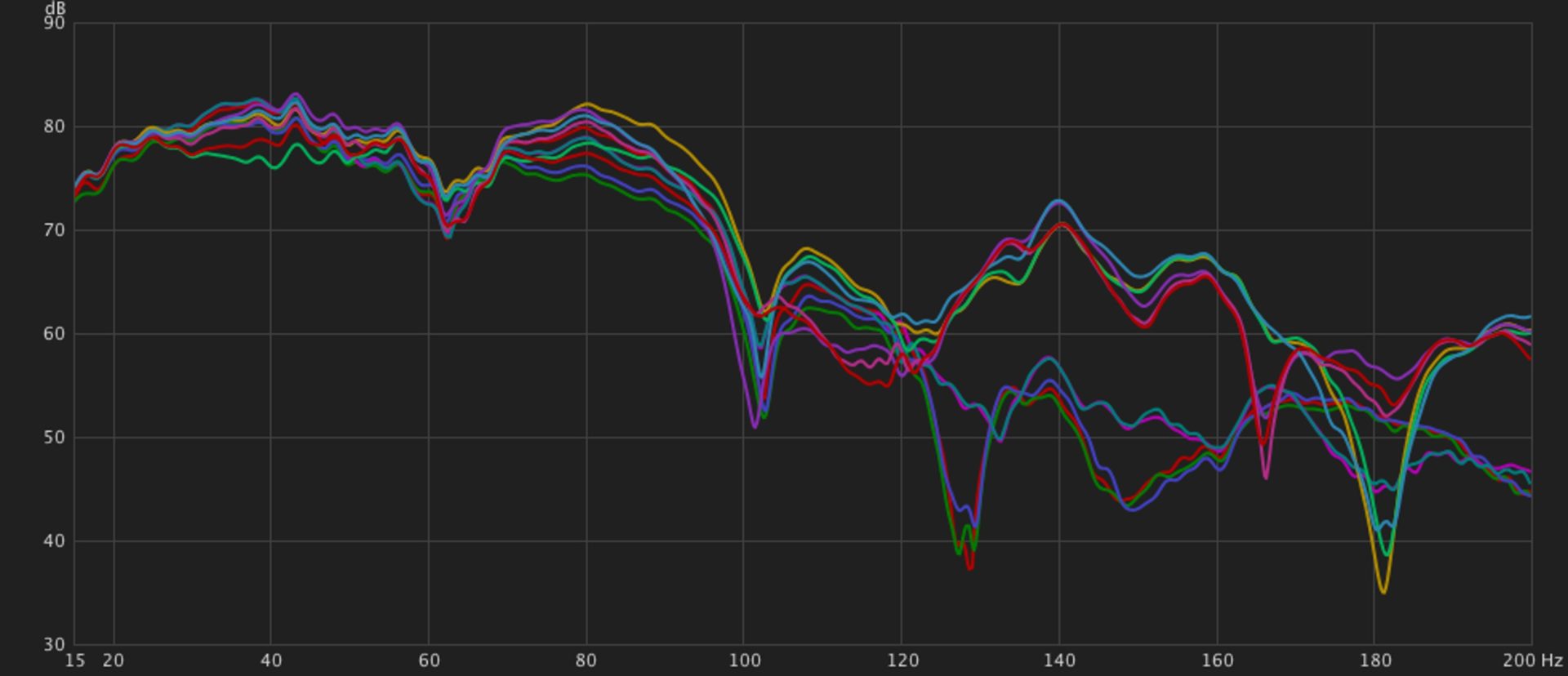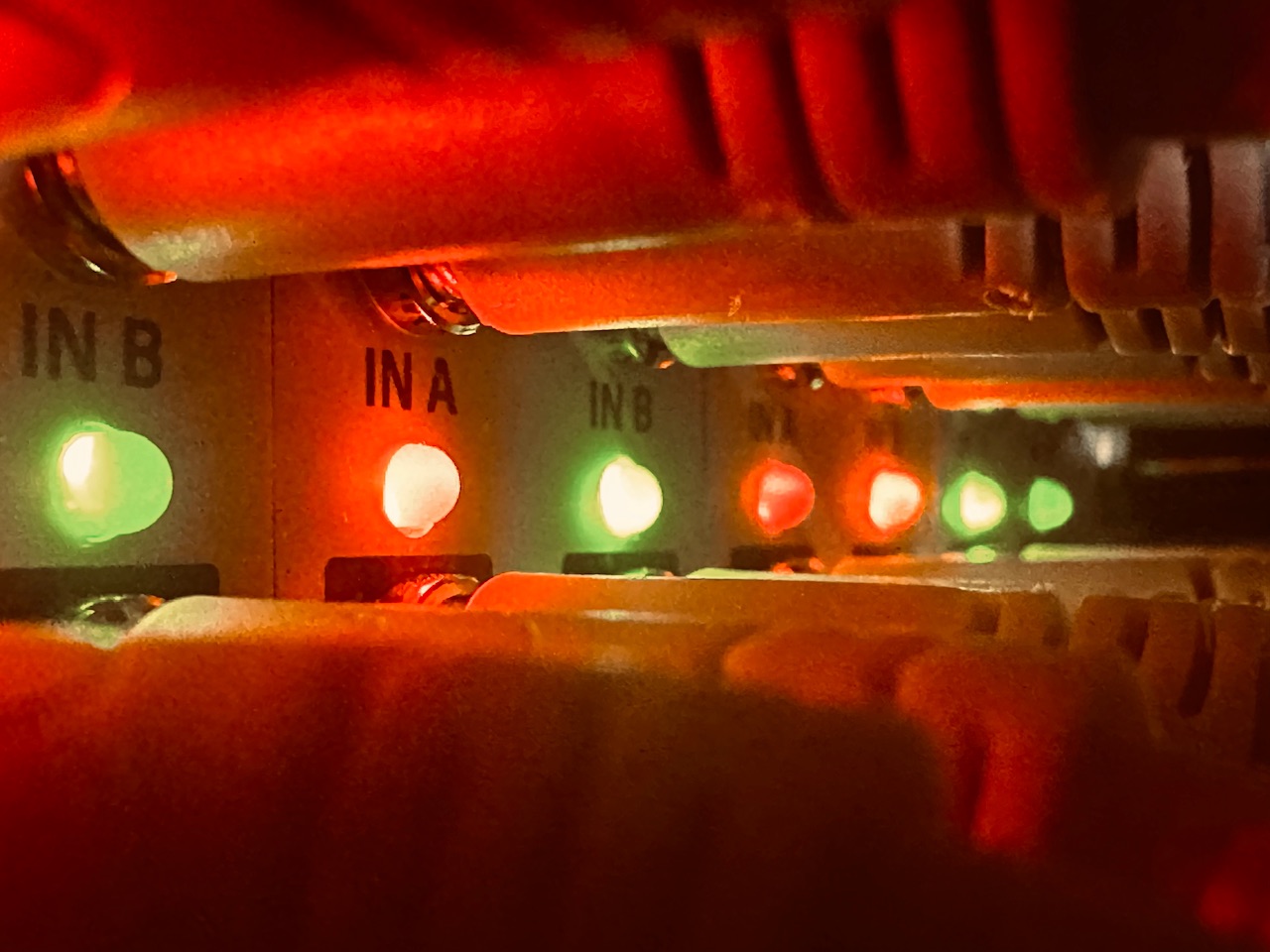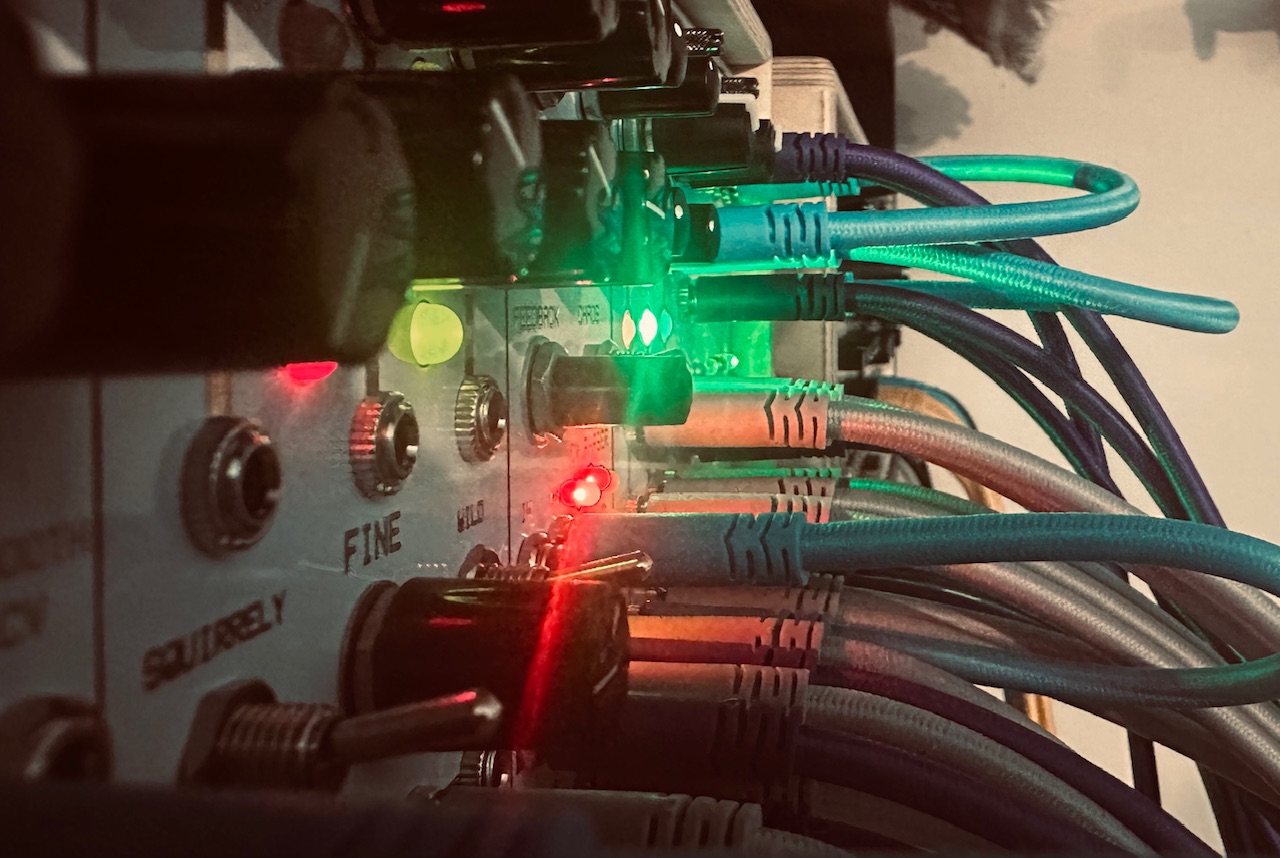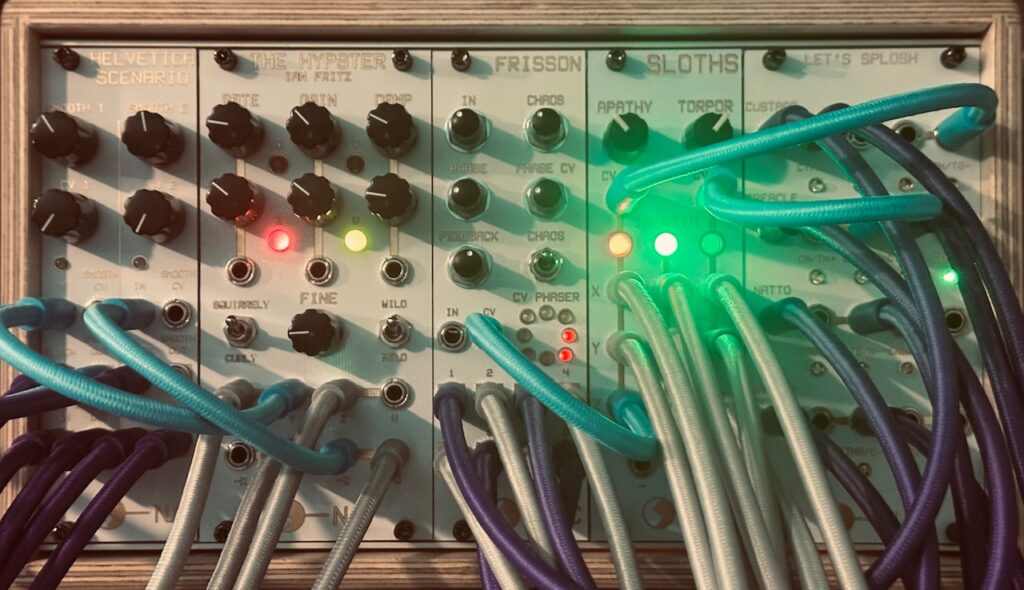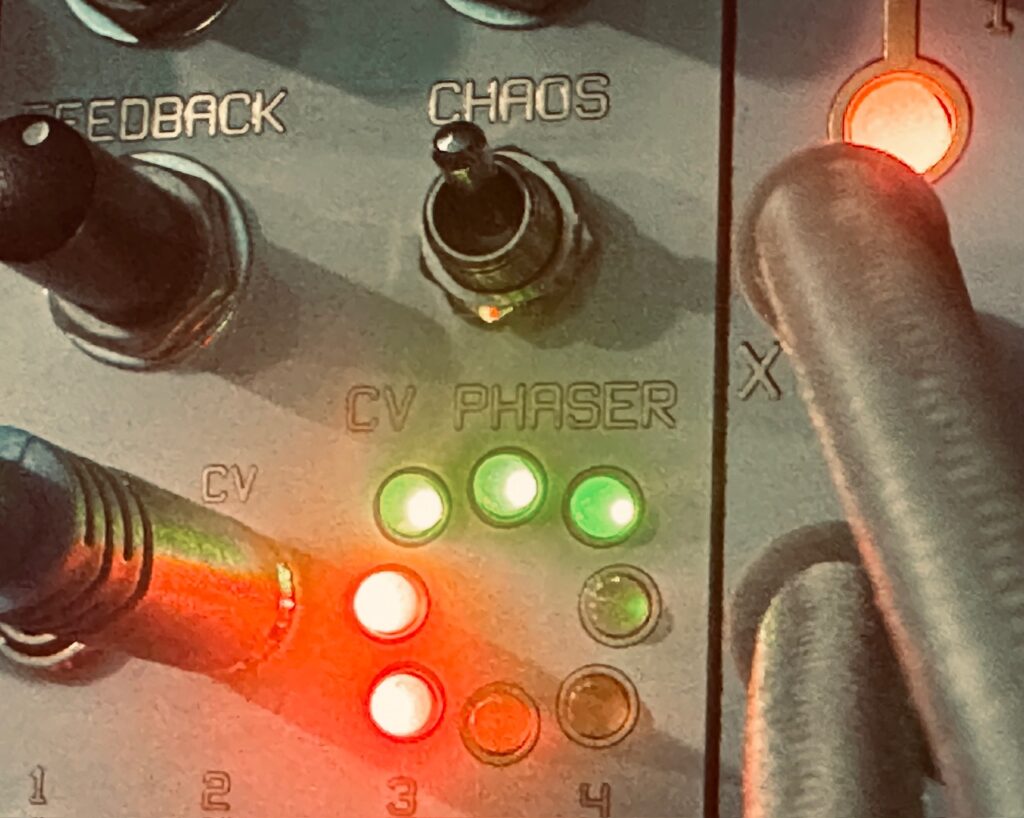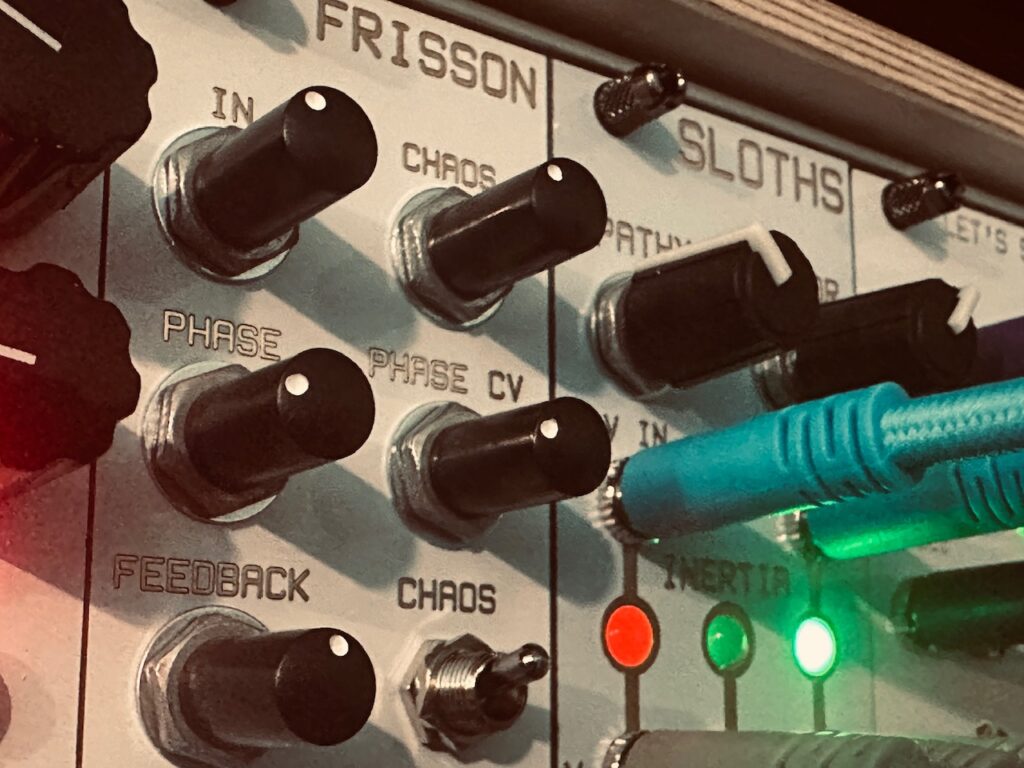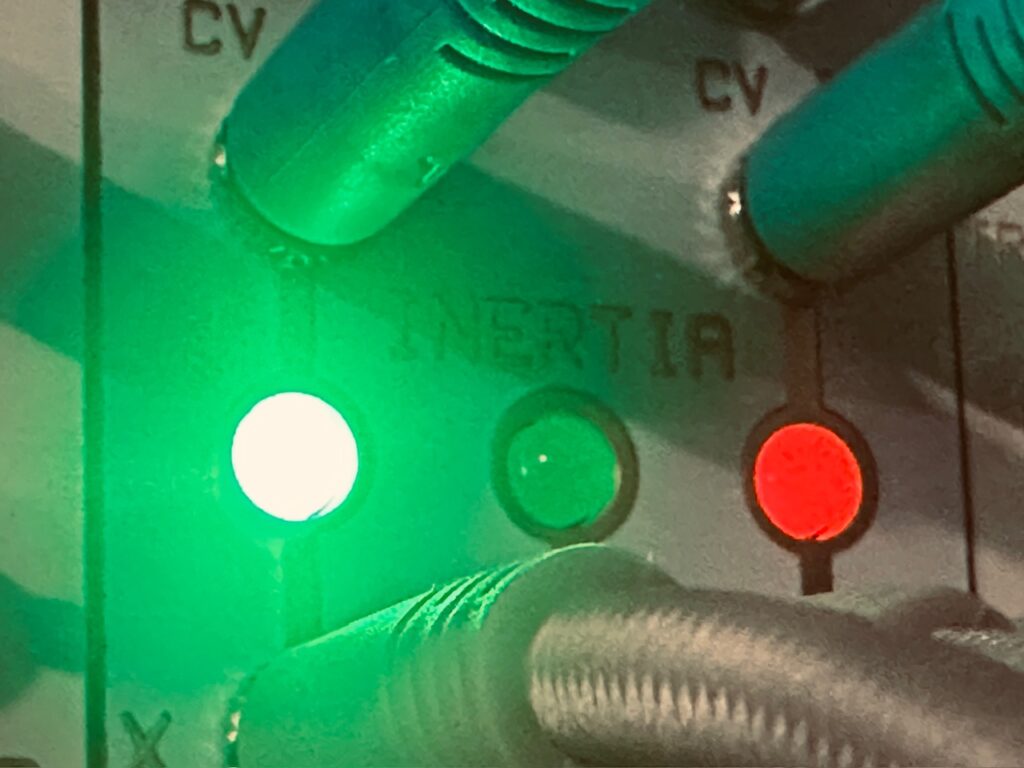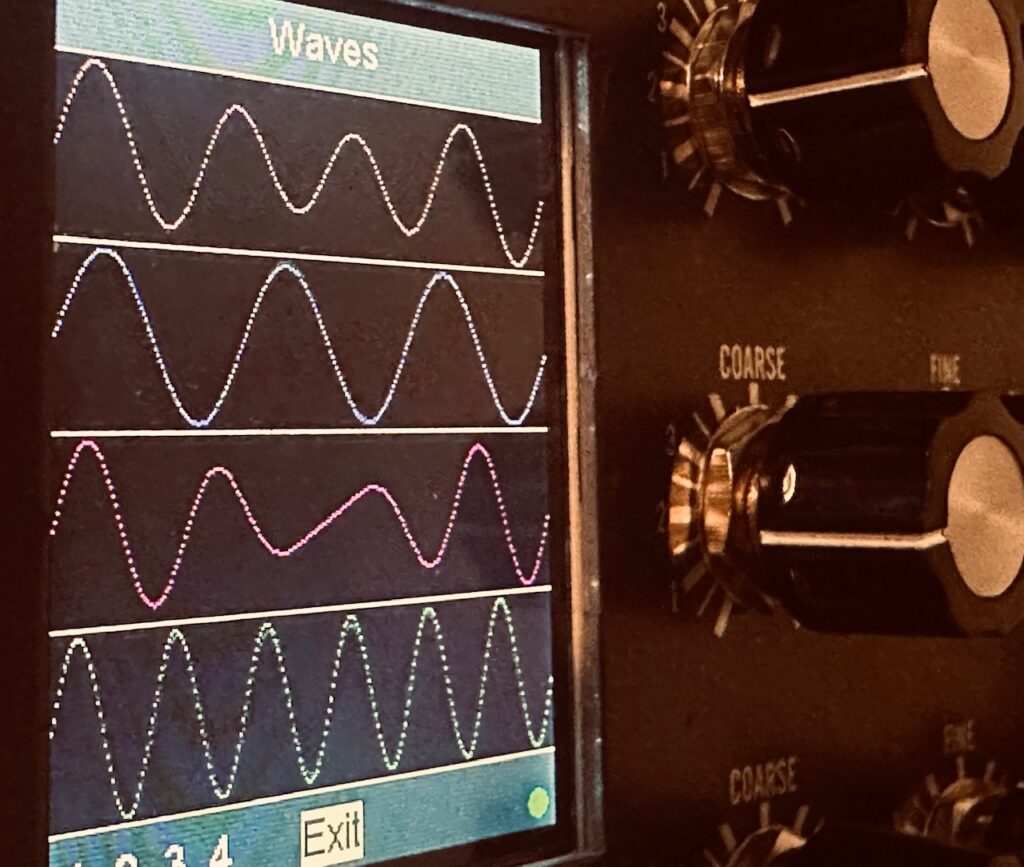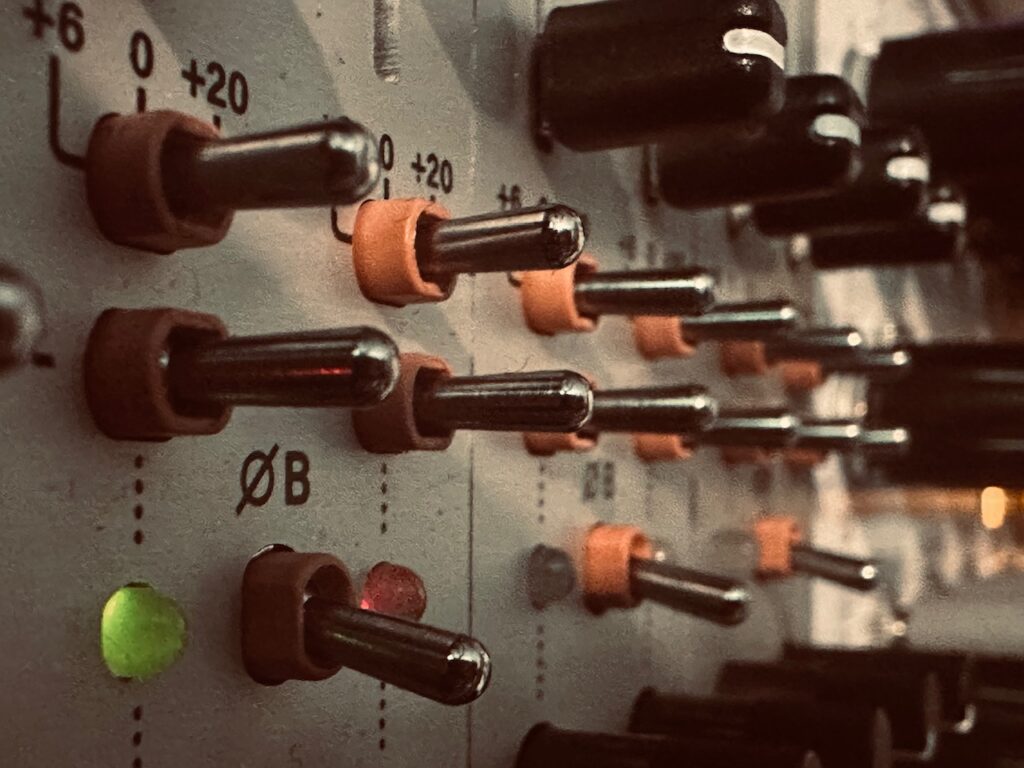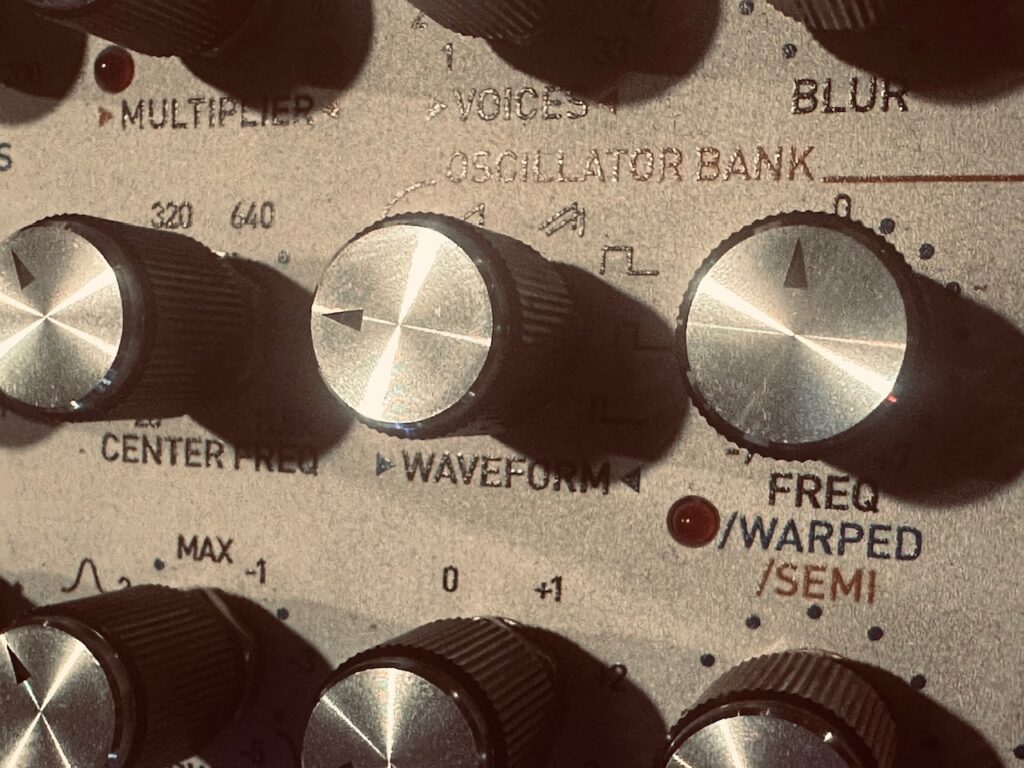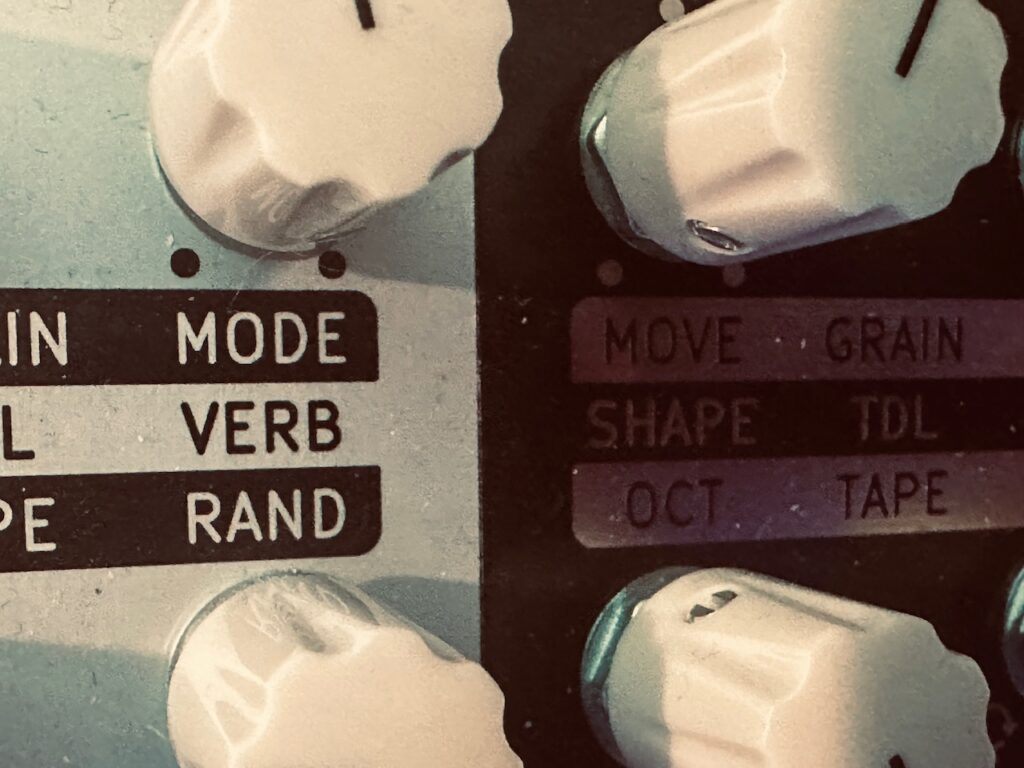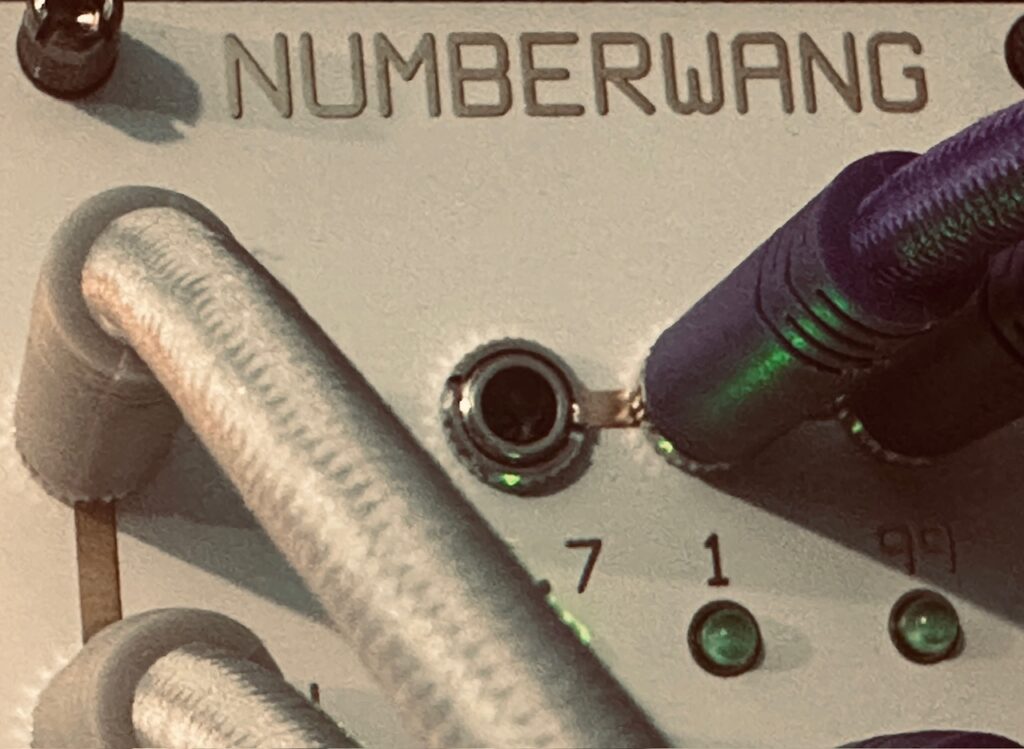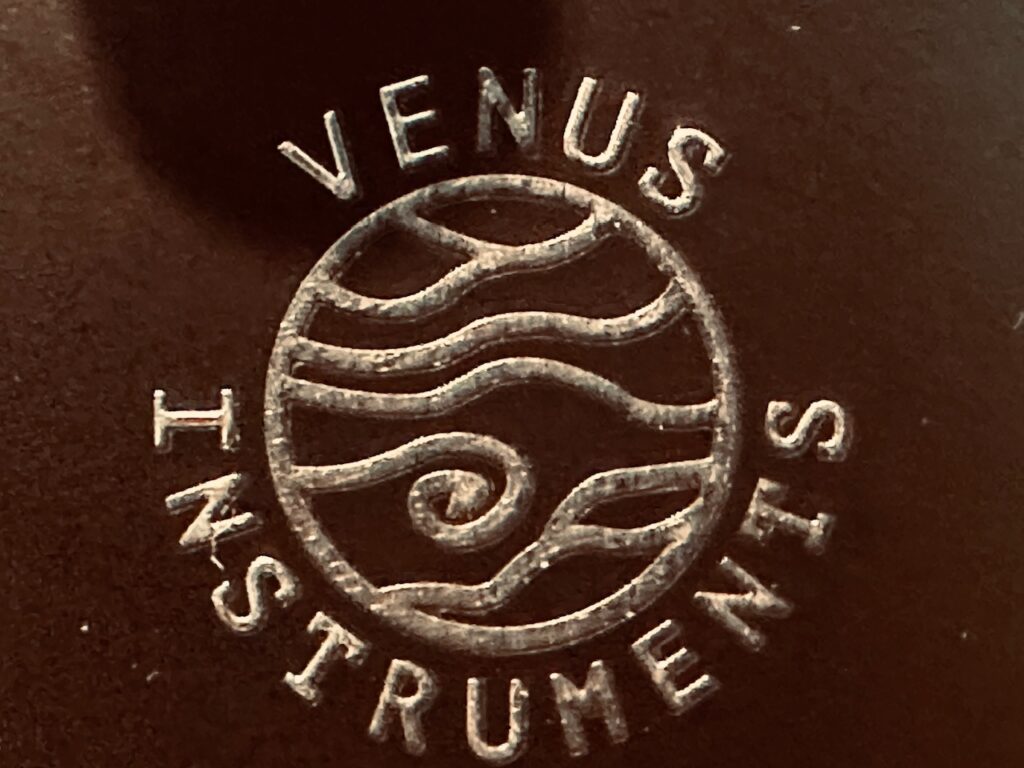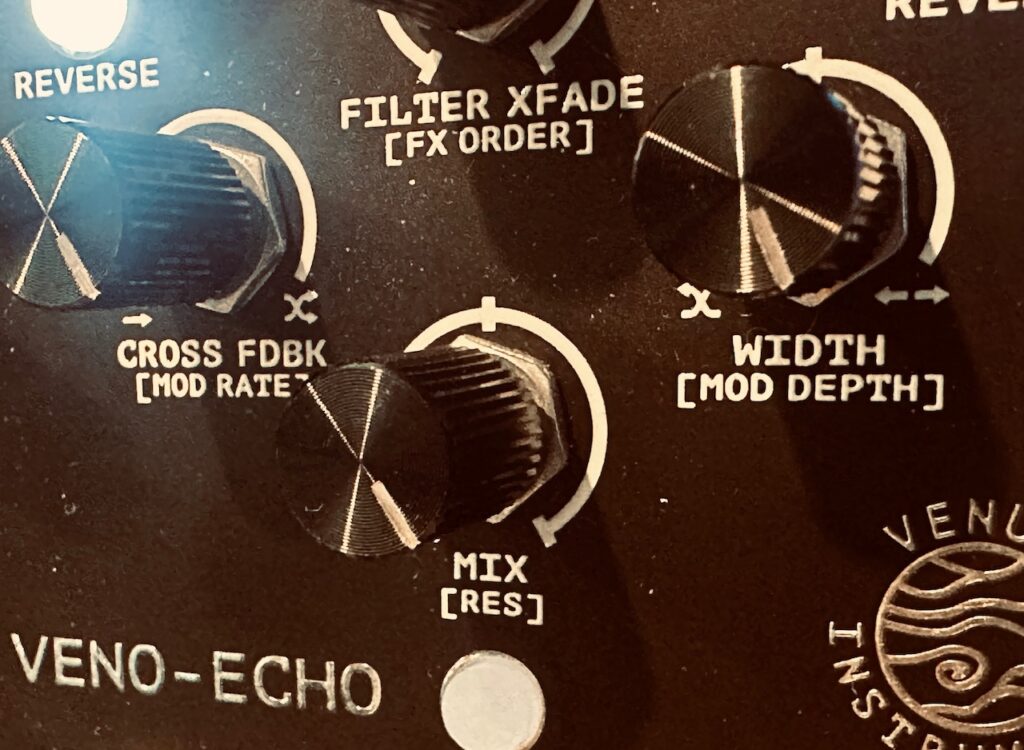It’s not often during the high school baseball season I get a Saturday to laze about. Most of my Saturdays during the Spring and Summer are spent wandering the commonwealth from ball field to ball field. But with rain washing the day away, I had some rare time to patch. I’ve been thinking a lot about chaos of late. From a smidge of CV to a filter cutoff or wavetable position, to lathering it thick on as many parameters as I dare, almost every patch I create uses chaos in some fashion. My last patch used the Nonlinearcircuits Frisson as the engine, and I had been thinking of ways to use it again. I thought about a similar patch using different wavetables, but ultimately grew bored with the idea as quickly as it came to mind. I thought about using it to control eight oscillators rather than four. Then it came to me: Harmonic Oscillator.
It’s been a while since I last used the Harmonic Oscillator. The Verbos case, aptly named Verbosian Dreams, has been cycled out of Subsystems for the last couple of months as I explored my 4ms and Mutable Instruments cases. The last Verbos patch I can remember making used chaos-modulated blue noise as a means to control the levels of each harmonic. Although it was more of an experiment, I thought it turned out really well. It’s one of my favorite Jamuary patches, and my first inclination was to carry on from my last patch and use the Frisson’s eight outputs to modulate noise via eight VCAs, and use those outputs to control the Harmonic Oscillator just as I had before. And so I patched it up, but there was a problem. Although there is phasing of Frisson’s output signals, there wasn’t enough phasing for this particular patch. The result was that too many harmonics were being excited too loudly and too close together, which made the mixed output of the Harmonic Oscillator sound more like a single wave with lots of harmonics rather 8 separate voices slowly creeping in and out. It was less than ideal. So I decided to revisit my previous patch, Jamuary 2509, while making some changes.
Firstly, I removed the noise as a variable. It sounded fine, but despite wanting to use a previous patch as a base, I didn’t want to recreate the exact same thing, so opted to use chaos directly to modulate the levels of each harmonic, rather than using noise with chaos as an intermediary. But the phasing problem of it sounding like a single complex wave rather than separate oscillators was still prevalent, and switched from using Frisson to using The Hypster.
My relationship with The Hypster is close. I seem to figure out a way to get it in nearly all of my patches in some form. It may not always occupy a lead role, but its capabilities are enough that it’s a highly flexible modulator and can be used in a number of situations. Because of this close relationship, I knew that The Hypster doesn’t have those sorts of phasing problems. Outputs X, Y, Z, and U are all from discreet parts of the signal, and their counterpart outputs, -X, -Y, -Z, and -U, while not exact polar opposites, are close enough to opposite that functionally they may as well simply be a polarized copies. This meant that, at most, only four of the harmonics would be receiving positive voltage at any one time, and I might avoid the problem of mixing too many harmonics at once. This changed worked out great. The Hypster can be as chaotic as one would like, but when at tamer settings it can also be regular. The oscillations were close, but never exactly the same. This led to multiple harmonics generally staying together in a sort-of pattern, but with some drift. Some harmonics came in a smidge early or late, or lingered a bit longer than previously. Some peaked more than once per cycle. These differences led to a very organic flow of notes, like leaves racing down a stream. As the piece progressed I introduced some moderate modulation from Frisson (which was itself being modulated by Triple Sloth) to The Hypster’s Frequency, Gain, and Damp CV inputs, creating an ebb and flow which made for interesting change. As frequency rises and falls, it gets faster and slower, and as Gain and Damp rise and fall the chaos changes, with its voltage levels in flux and desire to change in flux.
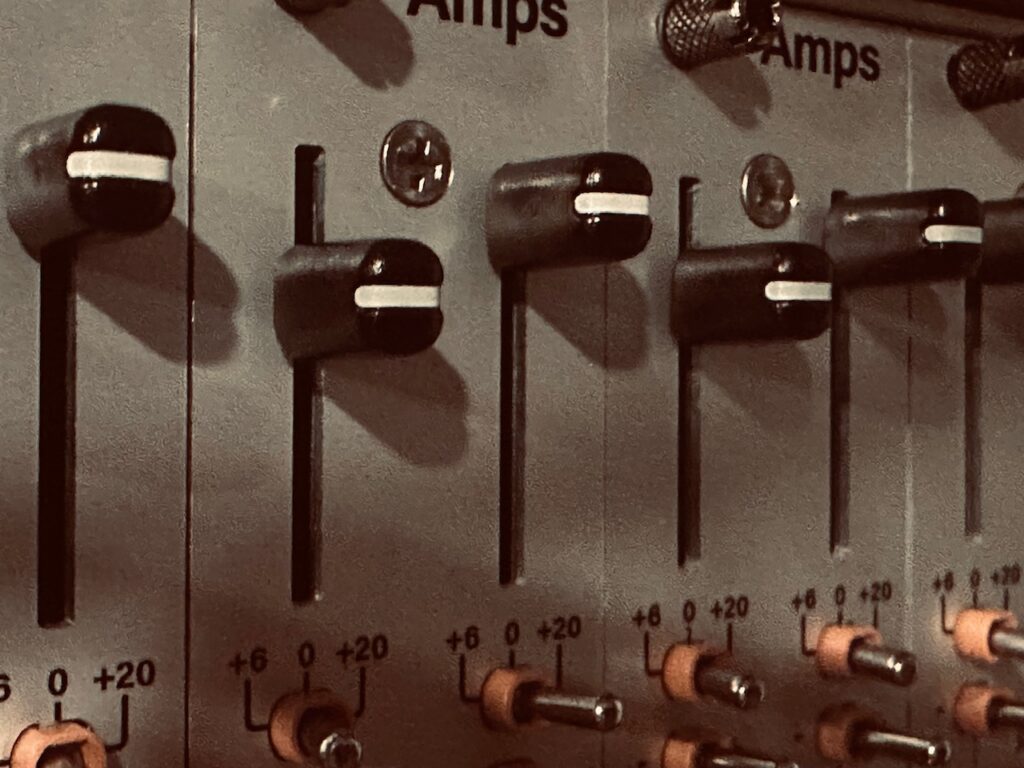
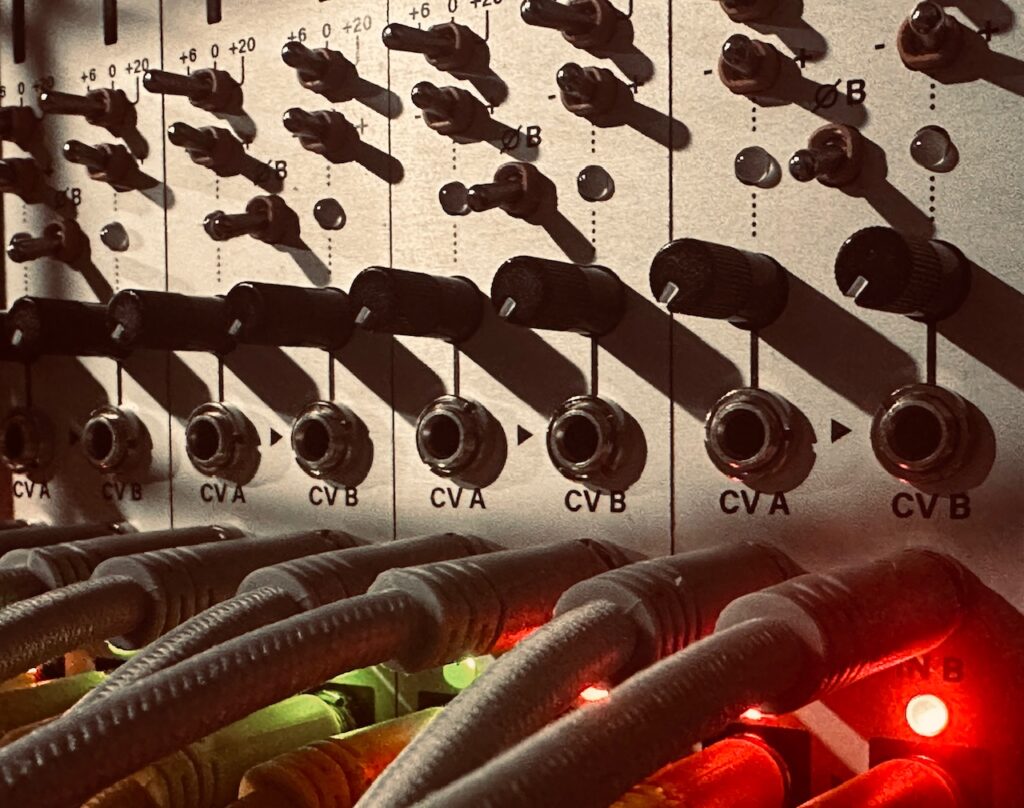
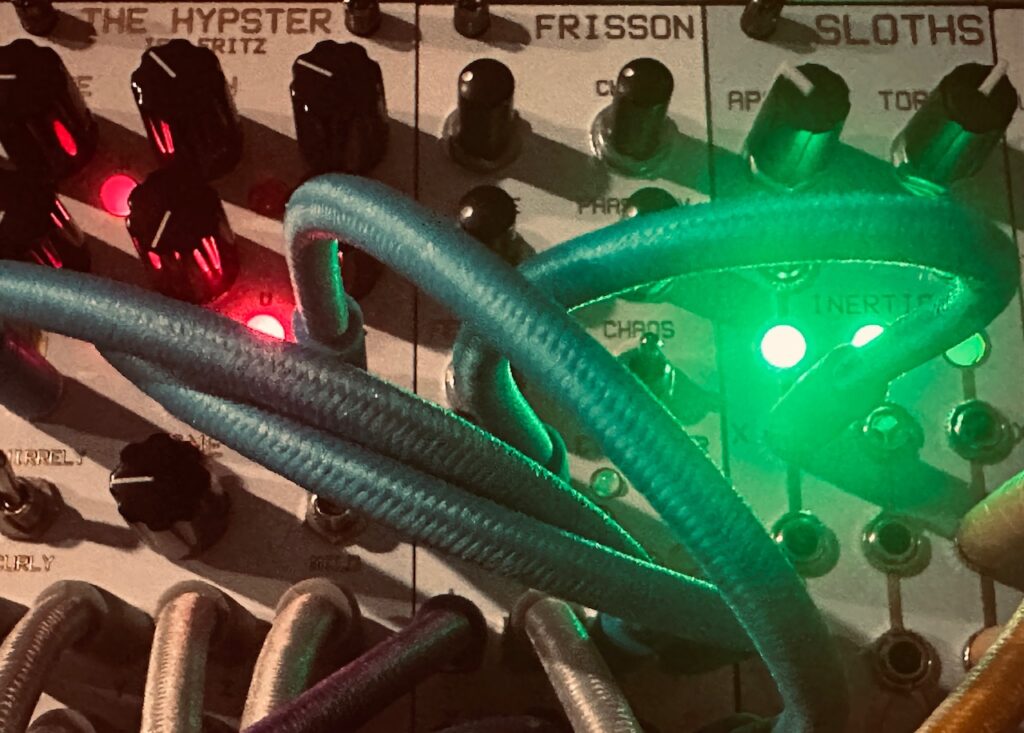
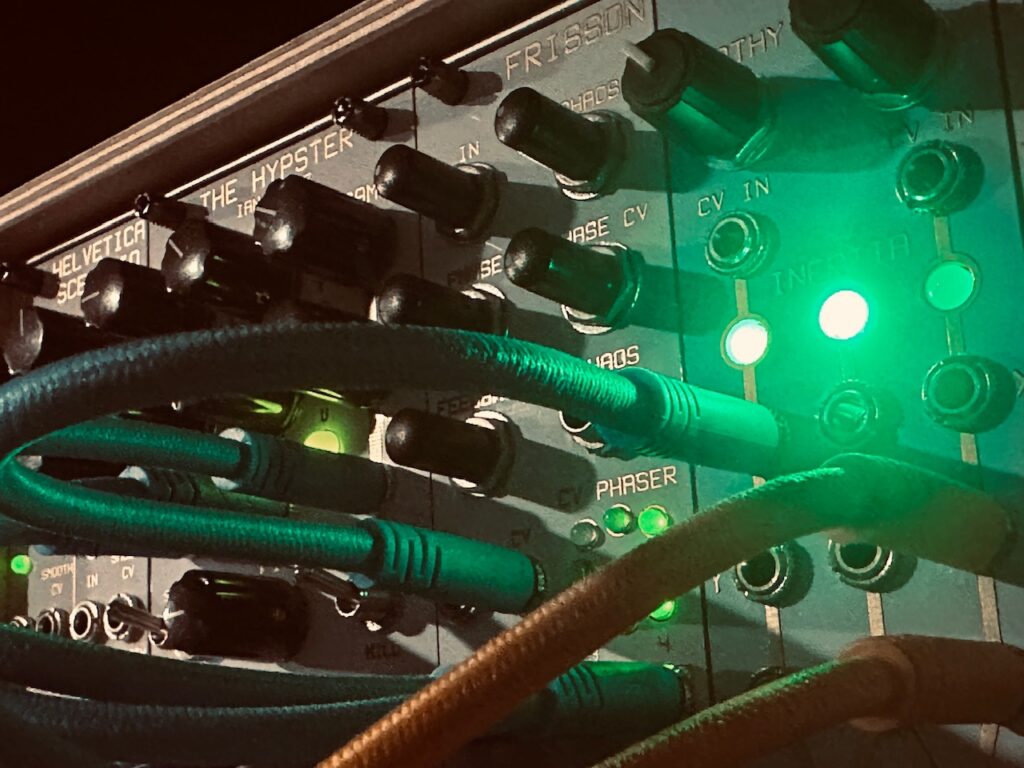
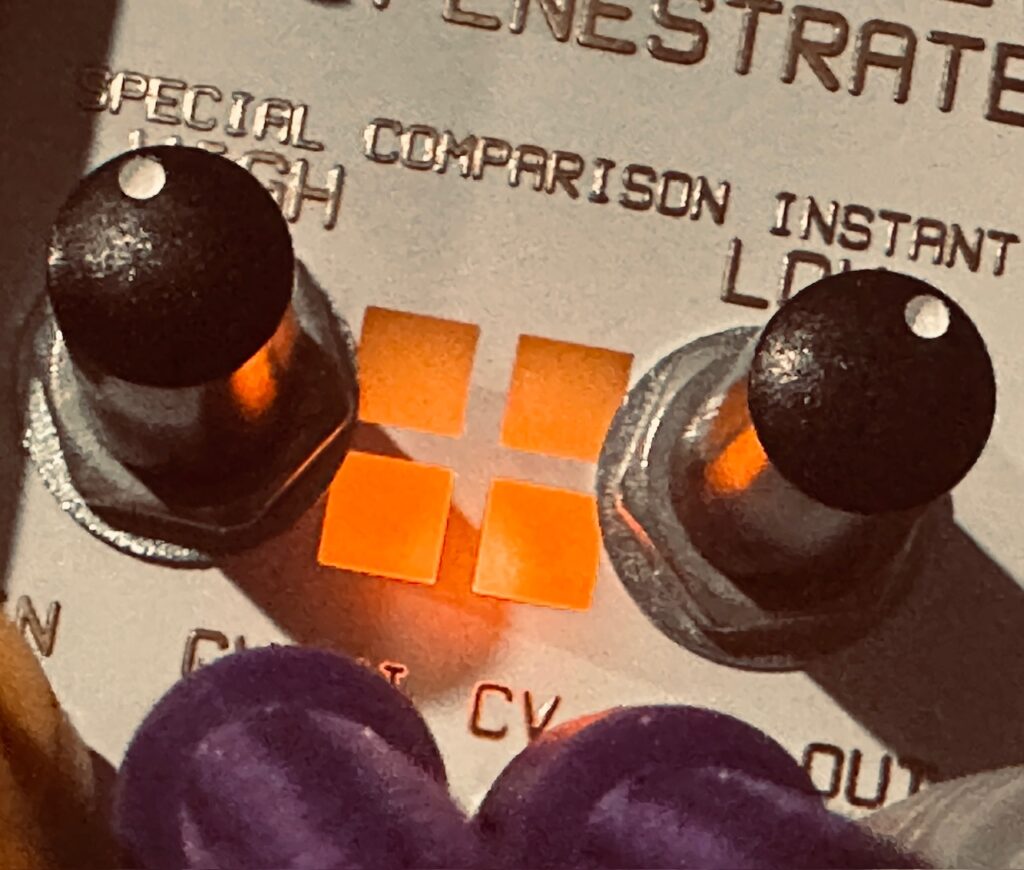
For the recording, I introduced each harmonic one by one over the course of about three minutes. The fundamental note of the Harmonic Oscillator was tuned to D1. I should know better than to tune my patches so low, but I’m an absolute sucker for thick bass. The order of harmonic introduction was 3, 5, 8, 4, 1, 6, 2, 7. I also patched an envelope to the Harmonic Oscillator’s Center input to create a series of blips up and down the harmonic series, and while it sounded great in isolation when I was testing and tuning the voltage, it tended to get lost in the context of harmonics and didn’t really sound how I’d hoped.
If I’m being honest, using all eight harmonics via the mixed output is probably gratuitous is some ways. Once all eight harmonics are introduced, some get lost in the mix. There were some combos of harmonics that I liked better than the full array. Yet as an excercise in experimenting with chaos I felt compelled to use all eight outputs on The Hypster (and Frisson before it). I’m likely far better off using four or five harmonics than all eight. That said, when using all eight, a rhythm appeared. It wasn’t constant, and it was subject to change, but the output definitely had a rhythmic vibe that probably would be right with fewer harmonics.
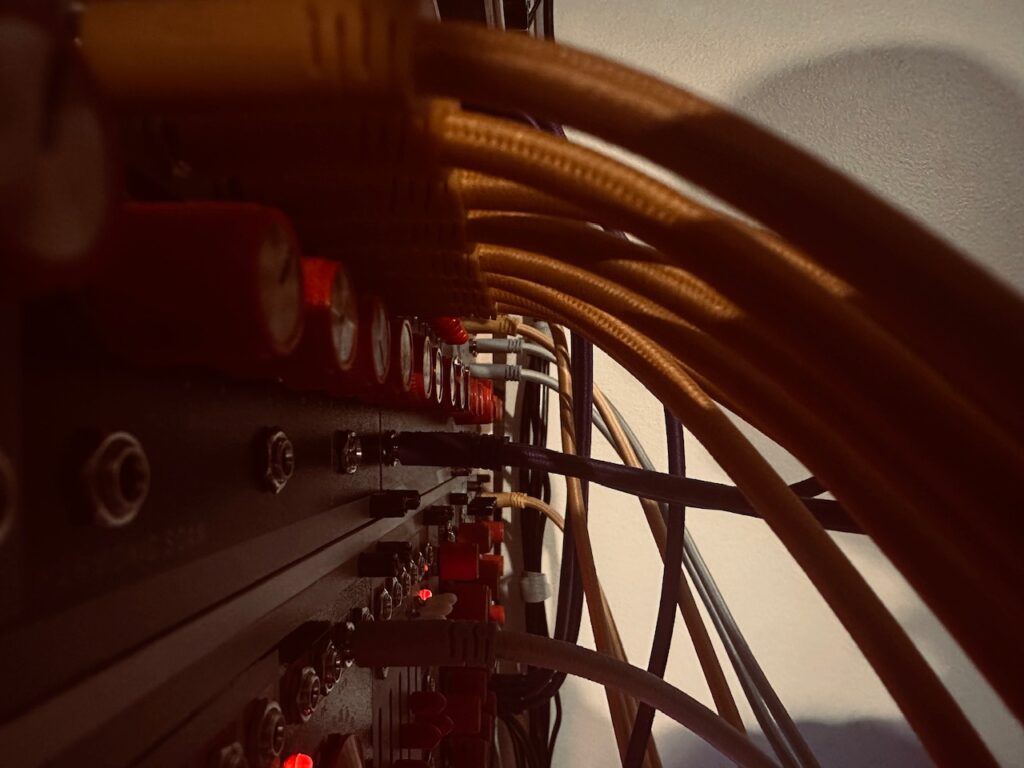
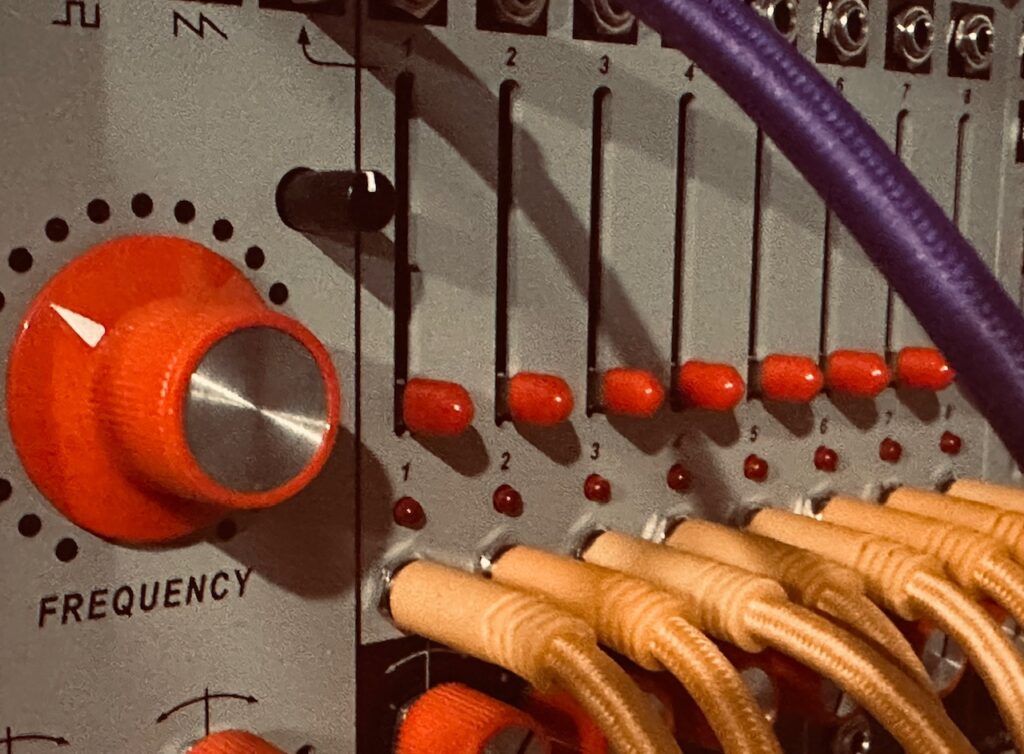
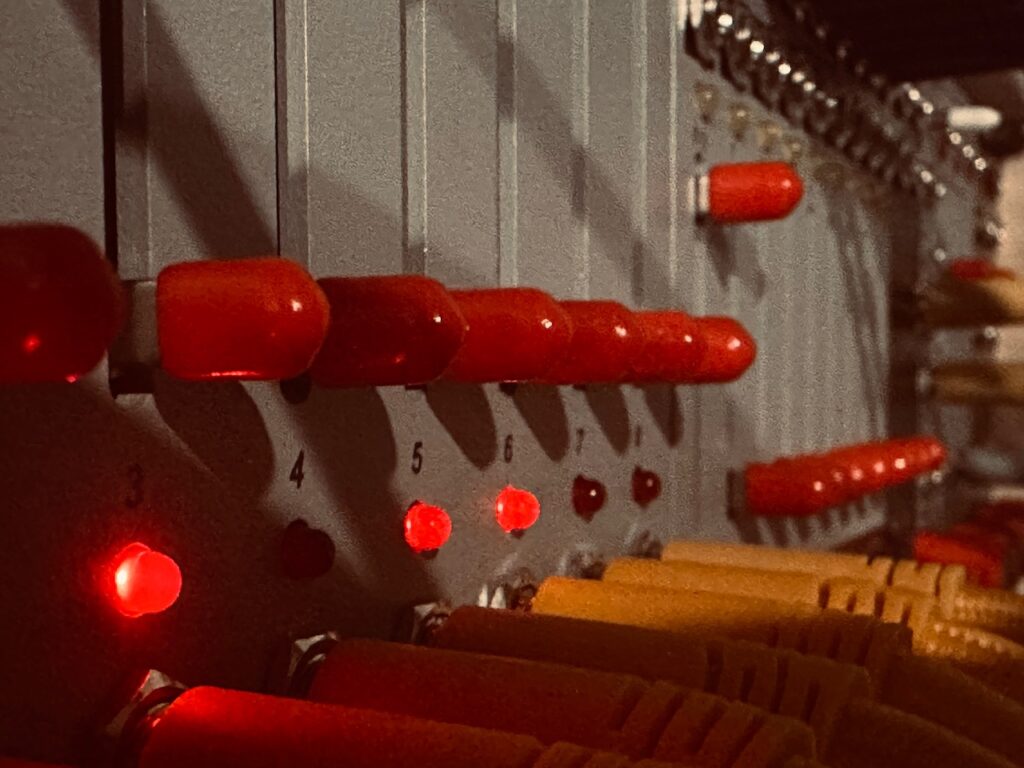
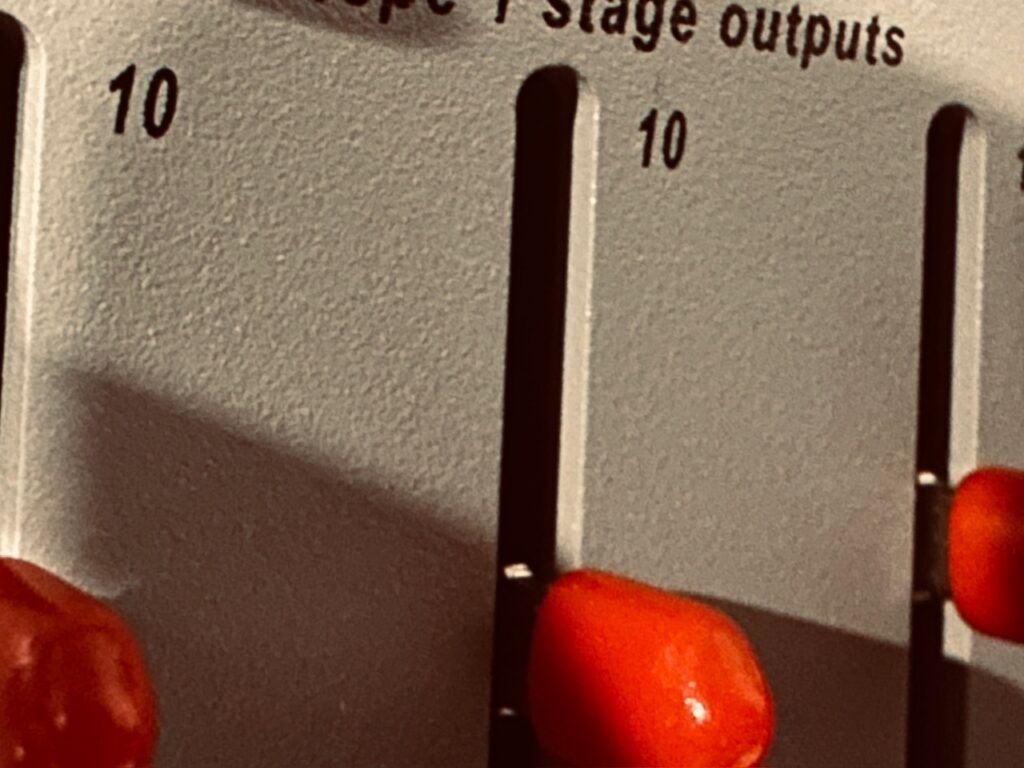

The Harmonic Oscillator’s mix output was patched directly to the Verbos Multi-Delay Processor for a smidge of that preamp goodness, even if I was trying to keep the slightly hairy sine waves from the Harmonic Oscillator as clean as possible. The only sound at the MDP mixed output was the dry signal, but four of the individual delay tap outputs were patched to the Scan & Pan before being mixed back with the dry signal output of the MDP in the Addac814 6×6 Stereo Matrix Mixer. This way of patching kept the harmonics centered in the stereo field, with some movement around the edges to create some space.
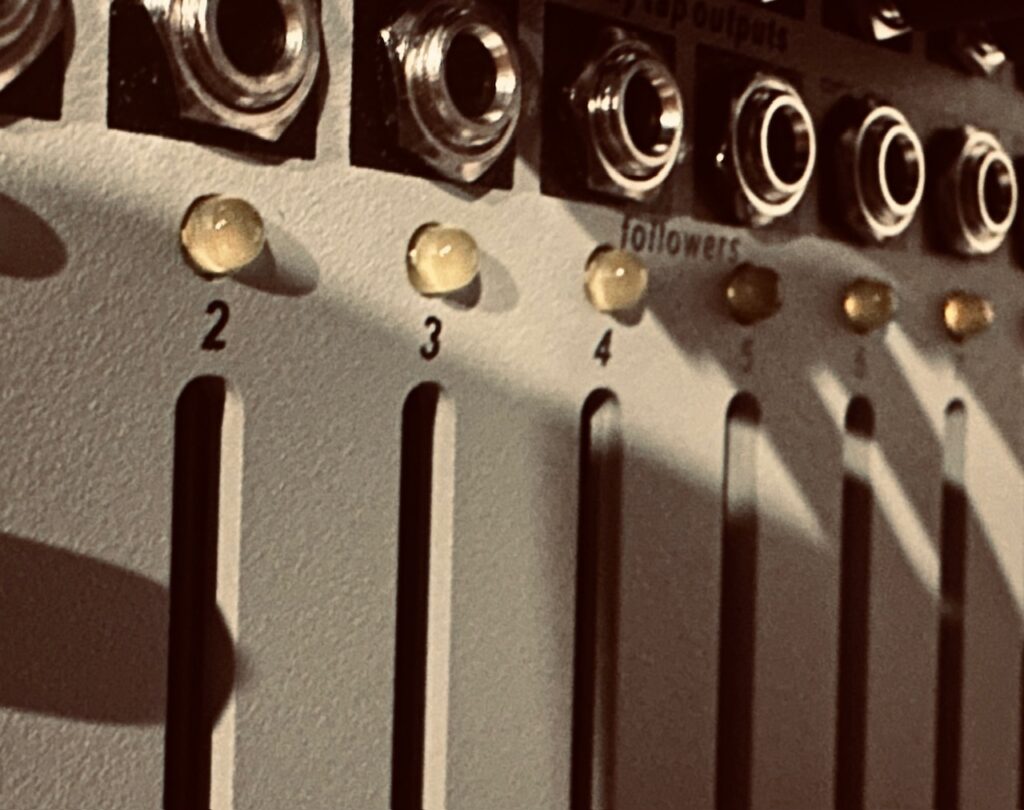
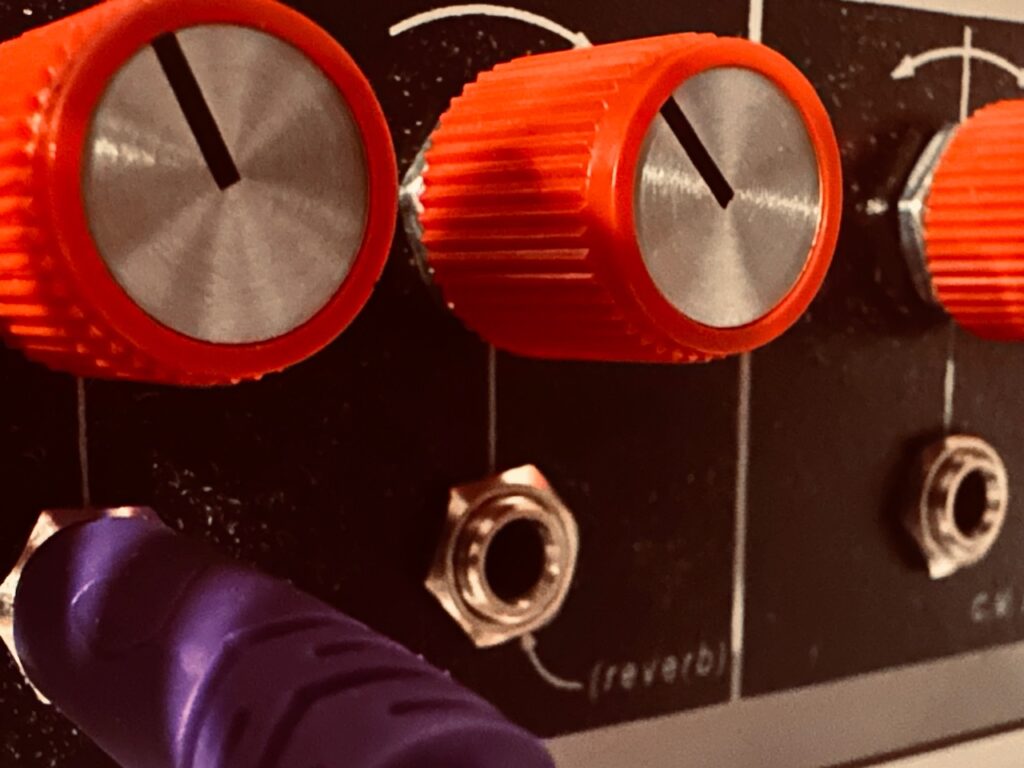
The only effect I used, outside of the MDP and reverb, was the venerable Dradd(s). Wanting some musical content in higher registers, the Harmonic Oscillator only goes up to D4, I decided on using the Tape algorithm for an octave up effect. At first it was steady playback at 2x, forward in the right ear and reverse in the left. After a while, I introduced some modulation from Frisson to both the Clock and to P2, which in the Tape mode introduces tape errors, where it went back and forth between forward and reverse at 2x as if the tape machine were on the fritz. Late in the recording I changed the feedback from Positive to Looping, creating the spiraling octave jumps as grains were fed back to the input.
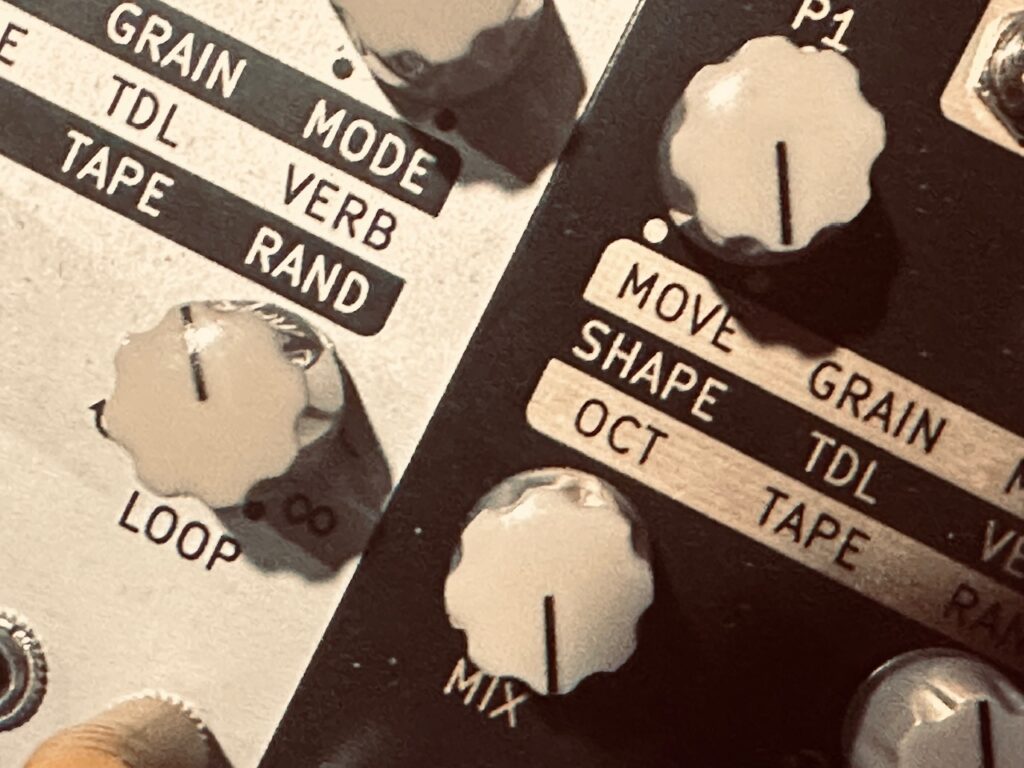
Once all of the audio was in the mixer it was sent to the Walrus Audio Slöer with a shade of some octave up.
Modules Used:
Nonlinearcircuits The Hypster
Nonlinearcircuits Frisson
Nonlinearcircuits Let’s Get Fenestrated
Nonlinearcircuits Triple Sloth
Nonlinearcircuits De-Escalate
Intellijel Amps
Verbos Harmonic Oscillator
Verbos Multi-Delay Processor
Verbos Polyphonic Envelope
Verbos Scan & Pan
Verbos Voltage Multistage
Addac System Addac814 6×6 Stereo Matrix Mixer
Pladask Elektrisk Dradd(s)
Vostok Instruments Asset
ST Modular SVCA
Knob Farm Ferry
Outboard Gear Used:
Walrus Audio Slöer
Improvised and recorded in one take on iPad in AUM via the Expert Sleepers ES-9.
